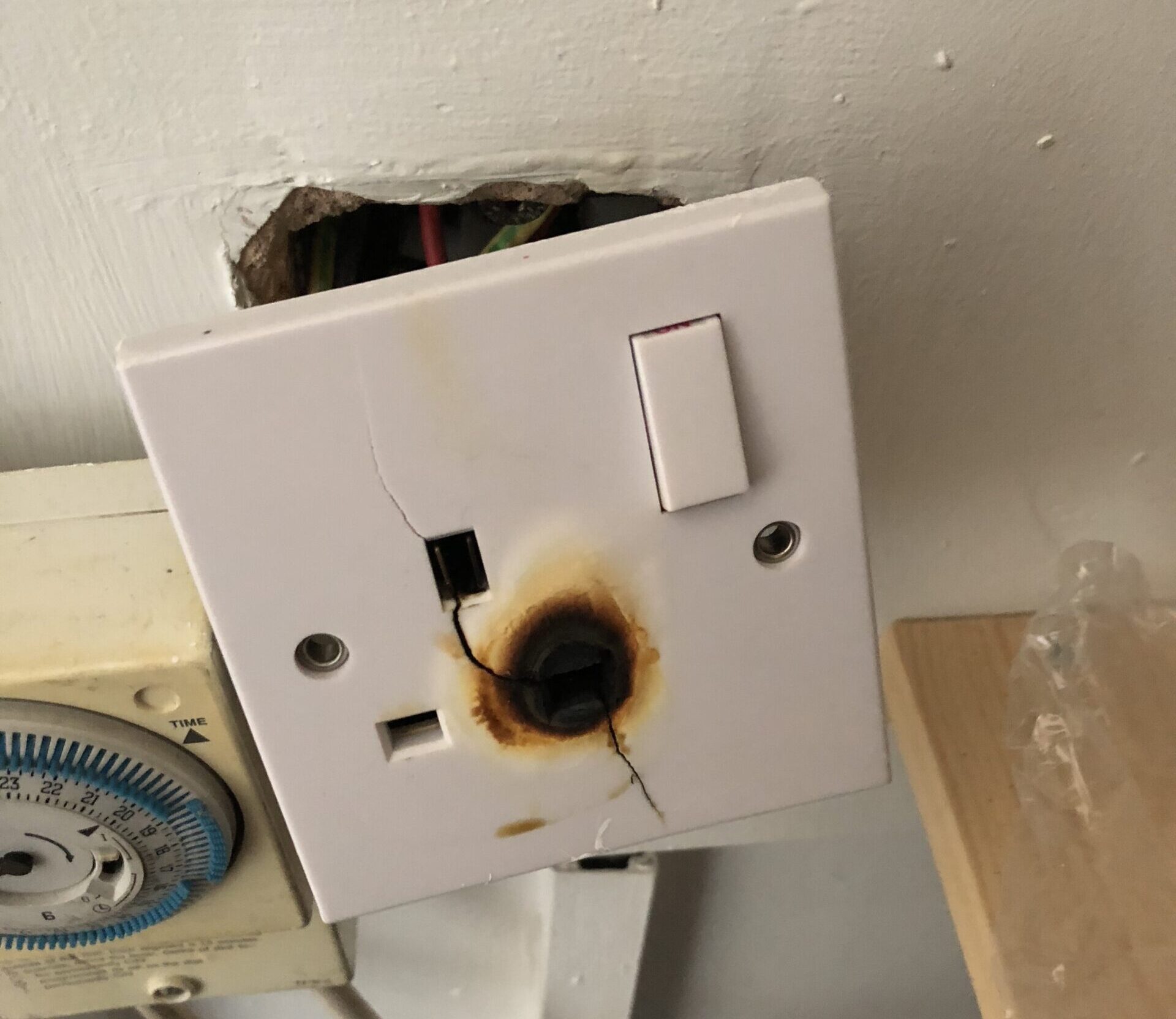ELECTRICAL TESTING & CONDITION REPORTS
There are many different reasons for commissioning an Electrical report and it is advisable to speak to a qualified electrician so that you can decide what type of report you need.
Since June 2020 the regulations governing electrical safety in the private rental sector have changed. All privately rented properties must now have a satisfactory EICR (Electrical Installation Condition Report). We would also recommended that you have an EICR carried out on any potential house purchase.
WHAT IS THE AIM OF A CONDITION REPORT?
To record the results of the inspection and testing and to make sure the electrical installation is safe to be used until the next inspection (following any work needed to make it safe).
To find any damage and wear and tear that might affect safety and report it.
To find any areas of the electrical installation that do not meet the IET Wiring Regulations.
To help find anything that may cause electric shocks and high temperatures.
To provide a record of the condition of the installation at the time of the inspection that can also assist with inspection testing in the future.
TYPES OF CONDITION REPORT
Visual condition report – this does not include testing and is only suitable if the installation has been tested recently.
Periodic inspection reports – this is what we would normally recommend because it tests the installation and will find any hidden damage.
CONDITION REPORTS EXPLAINED
You cannot see electricity. Cables are usually hidden inside our walls and consumer units are often hidden in cupboards, so it is not surprising that we forget to check the condition of our electrical installation for damage or wear and tear.
Faulty and old wiring is one of the main causes of electrical fires in the home. You can reduce the risk of fire by checking the condition of your cables, switches and other accessories regularly.
WHY WOULD I NEED A HOME BUYER ELECTRICAL REPORT?
It is advisable to check that electrical installations in a prospective property are safe for you and your family before you move in. If you plan to buy a house that is less than 10 years old and has no extensions/DIY, the electrics are likely to be of a safe standard and an Electrical Installation Condition Report (EICR) may be sufficient.
If the house has been lived in by someone who is keen on DIY and who has renovated, extended or made home improvements and the property is more than 10 years old, it is advisable for the electrics to be fully inspected.
A qualified electrician will identify any electrical deficiencies and tell you which repairs are needed straight away and which are less urgent. You can then discuss any cost implications to resolve these issues with the electrician.
WHAT ABOUT RENTED PROPERTIES?
HOW OLD IS MY ELECTRICAL INSTALLATION?
Clear signs that can help you tell the age of equipment in the electrical installation in your home include:
- Fixed cables coated in black rubber. This type of cable stopped being used in the 1960s.
- Fixed cables coated in lead or fabric, used pre-1960.
- A fuse box with a wooden back, cast iron switches or a mix of fuse boxes used pre-1960.
- Older round pin sockets or light switches, braided flex hanging from ceiling roses, brown or black switches or sockets mounted in or on skirting boards, used pre-1960.
- Light switches on the walls in bathrooms, used pre-1960.
However old your electrical installation is, it may get damaged and will suffer from wear and tear. A safe course of action is to ask an electrician to check it’s condition at least every 10 years or when you move into a new property.

ELECTRICAL INSPECTIONS
WHY INSPECT AND TEST ELECTRICAL APPLIANCES?
Left untested, electrical appliances and installations can become a major hazard in a property, potentially resulting in a fatal injury. Our fully qualified electricians are able to test appliances and circuits to ensure current safety regulations are being met, and offer affordable solutions in the event a fault is present. We also offer electrical surveys for home buyers.
By testing, we can identify faults and correct them and reduce the risk of injury to you and damage to your property.
WHEN TO CONSIDER PERIODIC INSPECTION AND TESTING
Before any major work is undertaken
Change of tenancy
Change of ownership
Change of use of premises
To comply with insurance requirements
To verify continued compliance with BS 7671
TO COMPLY WITH HEALTH & SAFETY REQUIREMENTS:
Electricity at work Regulations
The Health & Safety at Work Act
The Provision and use of Work Equipment Regulations 1998
INSPECTION & TESTING
SUGGESTED TIME SCALES FOR INSPECTION AND TESTING
Commercial – Change of use or every 5 years
Educational Establishments – Every 5 years
Industrial – Every 3 years
Residential – Every 5 years
Office – Every 5 years
Shops – Every 5 years
Places of Public Entertainment – Annually
Churches – Annually
Emergency Lighting – Annually
